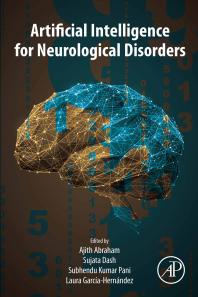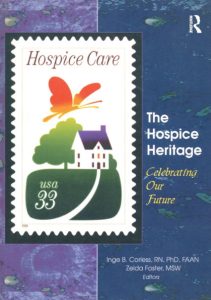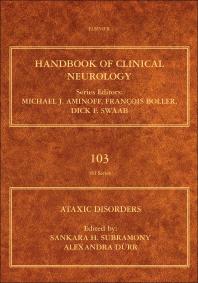Below are a few of the medicine and health sciences ebooks we’ve recently added to our online collection. You can see the rest of our new ebooks here.
These ebooks were purchased with student success grant funds awarded by the Office of the Provost.

Emerging Pandemics : Connections with Environment and Climate Change
Pandemics are often associated with viruses and bacteria occurring in wildlife in natural environments. Thus, diseases of epidemic and pandemic scale are mostly zoonotic, some of which include AIDS, Zika virus, severe acute respiratory syndrome (SARS), and COVID-19. The book seeks to explore the documented history of pandemics and various epidemics that have the potential of turning into pandemics with the warming climate, pollution, and environmental destruction.

The International Encyclopedia of Health Communication
The International Encyclopedia of Health Communication presents a thorough overview of a dynamic field, bringing together entries by an international panel of contributors that address a comprehensive range of recent and emerging topics. With a global and interdisciplinary focus, this timely resource addresses cutting-edge digital technology, complementary and integrative healthcare, diversity and inclusion, health equity, COVID-19, and much more.

Artificial Intelligence for Neurological Disorders
The book discusses many machine learning techniques to detect neurological diseases at the cellular level, as well as other applications such as image segmentation, classification and image indexing, neural networks and image processing methods. Chapters include AI techniques for the early detection of neurological disease and deep learning applications using brain imaging methods like EEG, MEG, fMRI, fNIRS and PET for seizure prediction or neuromuscular rehabilitation.

Through The Hospice Heritage: Celebrating Our Future, physicians, nurses, social workers, and clergy will find unique examples to give patients the attention, care, and understanding they need at that time in their life. Since 80 percent of people who die do so without the support of a hospice program, this important book offers approaches designed to expand access to hospice and provide a solid foundation of treatment for patients with cancer and non-cancer diagnoses.

This volume’s primary goal is to provide a comprehensive understanding of recent developments and advancements in the study of ataxic disorders. Beginning with an examination of the cerebellar region, and then progressing to a fresh perspective on the clinical aspects of the various forms of ataxia, this handbook gives clinicians a state-of-the-art reference for the management of the many etiologies and neurological manifestations of ataxic disorders.
